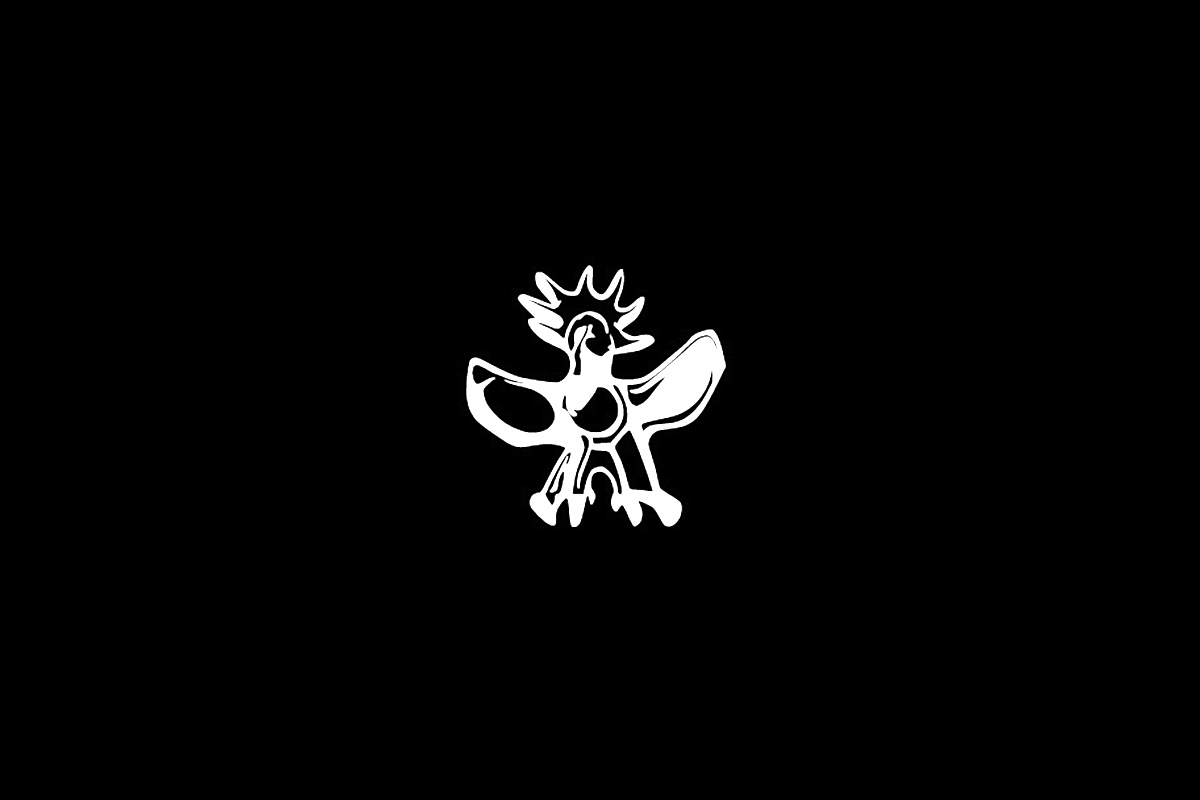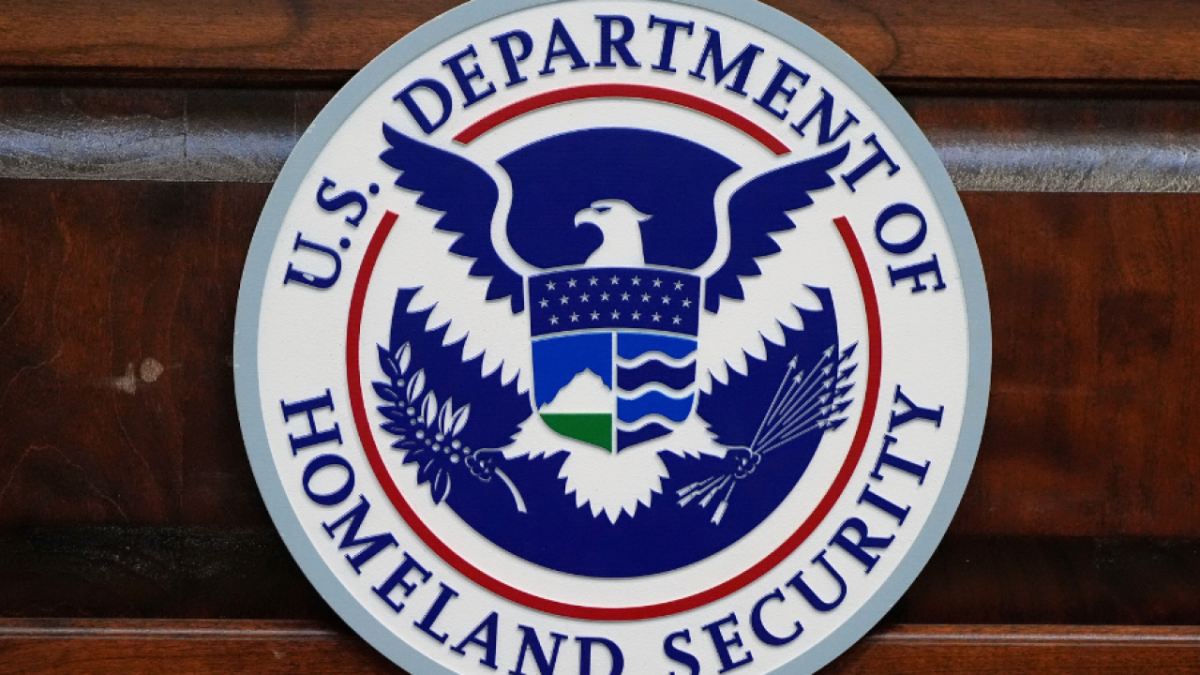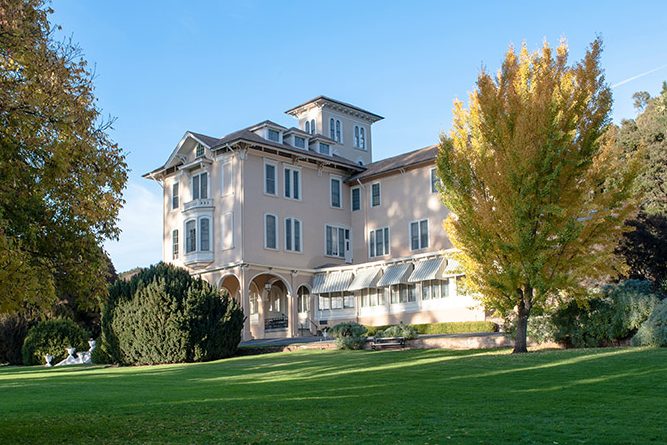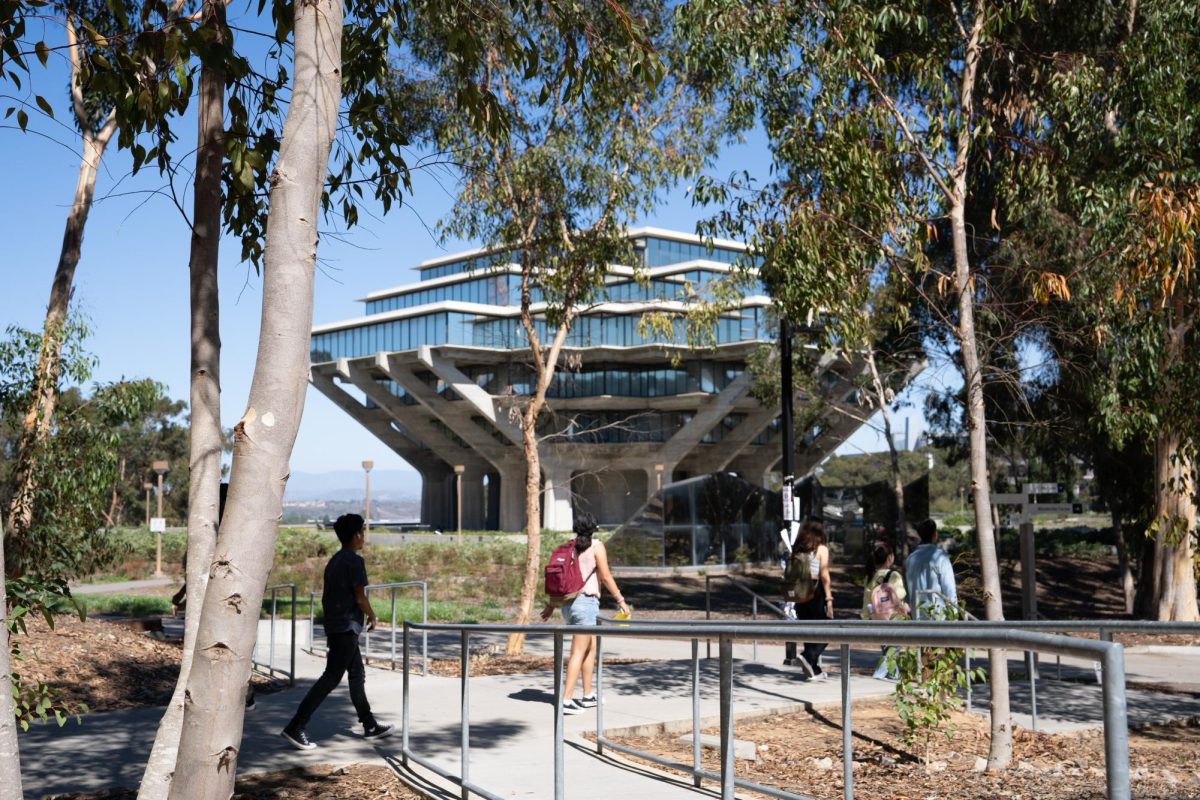
As journalists, we are instinctively programmed to fight, kick and scream for the eternal preservation of free press. The pillars of our value system include equal distribution rights for any and all publications, and absolutely no censorship nor government-influenced propaganda.
These ideals, however, when dealing with student fees, must not interfere with the stark pragmatism of the almighty dollar. Because, as it turns out, free press isn’t really all that free. Ink and paper — no matter how necessary to communicating the diverse views of the student body — are among the more costly resources covered by the A.S. Council. In the case of student publications on our campus, these provisions carried a price tag of roughly $40,000 this quarter — all approved and paid for by the council.
That’s an awful lot of bank to ensure that Fashion Quarterly can comment in full color on the latest Library Walk trends, or that the Koala’s marijuana leaves can finally print in green.
All criticism aside, though, the wealth of publications at UCSD makes for an invaluable forum of public discourse. They show us that our campus, however notoriously anti-social, is filled with exuberant young people busting with creative, political wit and activist fervor — and they’re eager to show it off.
Thanks to the A.S. Council’s “open forum” media org funding model, however, there’s no real limit to how much media orgs can request to fulfill their vision. Though allocations are still subject to the council’s discretion, as of this quarter, media-org funding has surpassed the figure in the council’s budget by about $35,000.
A significant chunk went toward edgy new fashion magazine No. 15, which requested $8,693.43 to print 3,000 issues on glossy paper. Associate Vice President of Student Orgs Andrew Ang justified the amount by explaining that the publication wants to be a work of art that isn’t just “thrown away.”
After their brief foray into the seedy underbelly of absolute media control, it seems councilmembers like Ang are practically throwing money at campus newspapers to compensate. They’re itching to prove just how much they adore the concept of free speech, frantically scrubbing their hands of any blame for last quarter’s unconstitutionally biased targeting of the Koala in particular.
With such liberty, however, comes significant financial risk. Though the council is sitting comfortably on a rejuvenated bank account after student activity fees were nearly doubled for Spring Quarter 2009, it’s only a matter of time before the budget begins to strain again.
During last quarter’s media funding freeze, A.S. President Utsav Gupta proposed media-org guidelines that would allow the council to distribute a pre-determined base amount to any organization who wished to publish. We think that’s a great idea. Unfortunately, Gupta’s proposal also allowed for the council to pick and choose which publications would receive the paid A.S. advertisements. That’s where things get messy. The idea of offering direct financial support based on a set of Principles of Community — which could be interpreted in a variety of ways — opens room for funding bias.
It may be within the council’s right to take stances on contentious political and social issues, but when distributing funds from a pool of student fees, councilmembers must strive to do so in an equitable manner — especially when said fees are ostensibly distributed with the purpose of promoting diverse campus discourse.
Here’s our alternative: Determine a set amount of cash per quarter to allocate to each and every media organization that wants to publish. Give each organization just enough to publish two issues per quarter, including full color on the front and back covers of each issue. (This would allow for a color centerspread at no extra cost.)For publications wishing to take the form of a magazine, the allotment would be slightly higher, due to the cost of glossy paper.
Based on the rates of Guardian printer San Diego Web Offset — whose prices are generally in the midrange — the cost per quarter to fund a single tabloid newspaper would be just over $900 per issue. For a magazine, the cost would be approximately $1,100 per issue. The organizations would still be required to detail the specifics of their spending, but allotments could be capped there.
After receiving their base funding, the media orgs would be free to publish whatever they pleased. To cover any costs above their cap, however, they’d have to seek advertisers, hold fundraisers or solicit donations.
Again, as newsies, it is difficult for us to criticize the distribution of unlimited free money to our peers. To continue funding these organizations without restraint, however, would be to support an ultimately unsustainable model wherein costs could skyrocket one quarter and plunge dramatically the next. Adopting a universal basefunding system, on the other hand, would provide for equality, council neutrality and continued support for free press on our campus.







